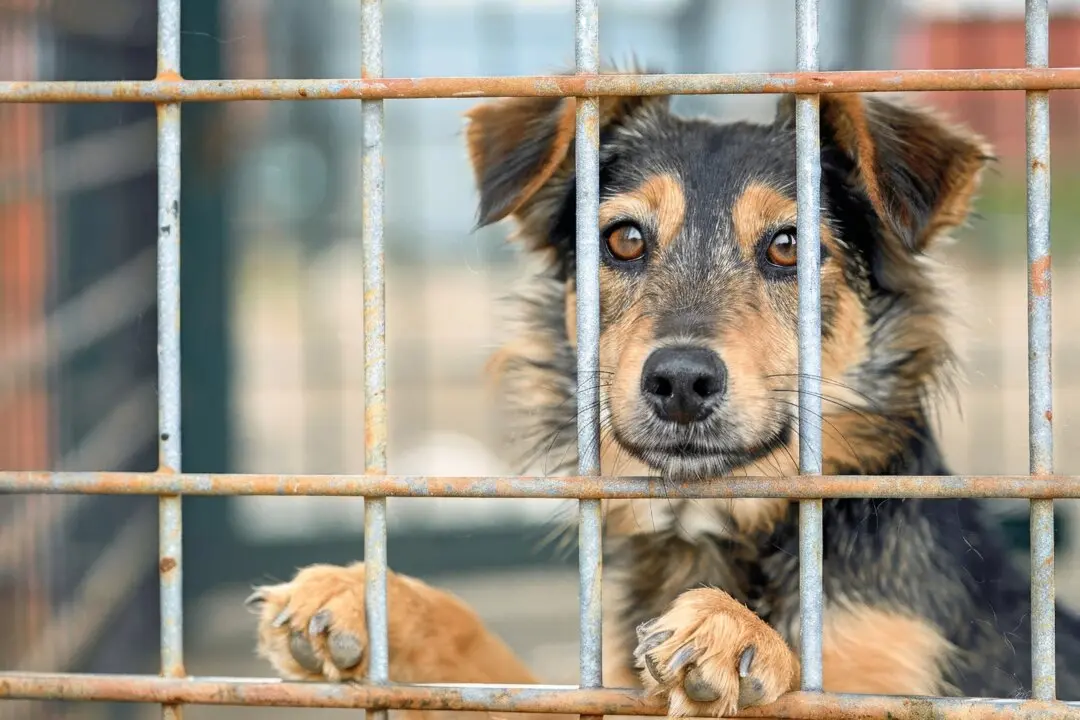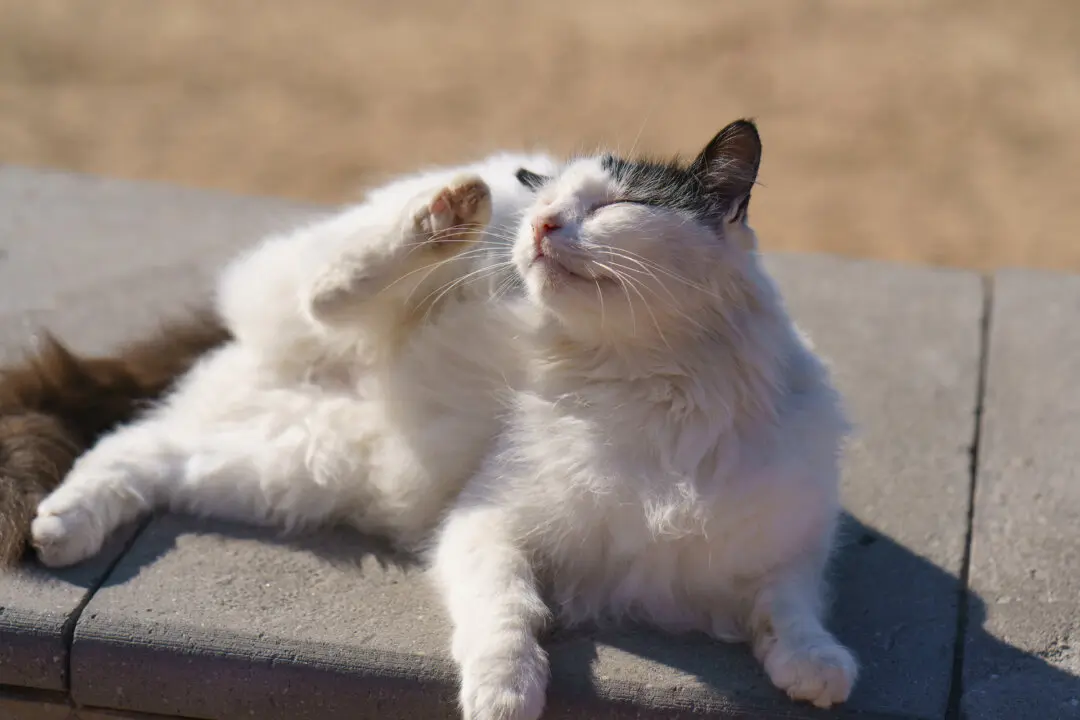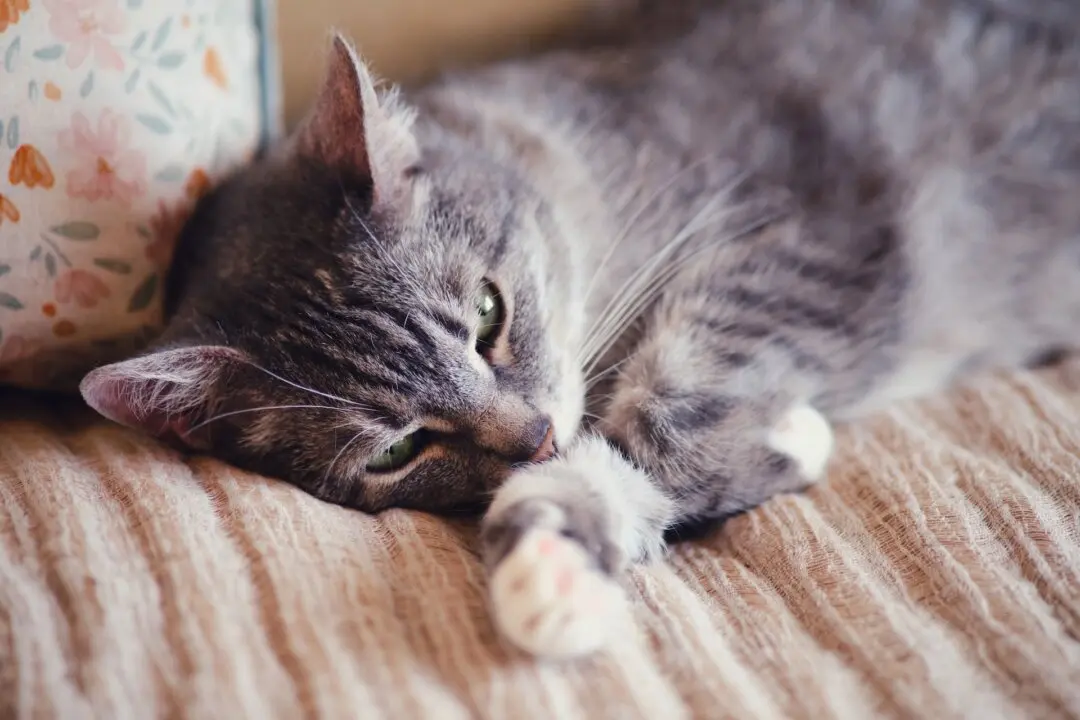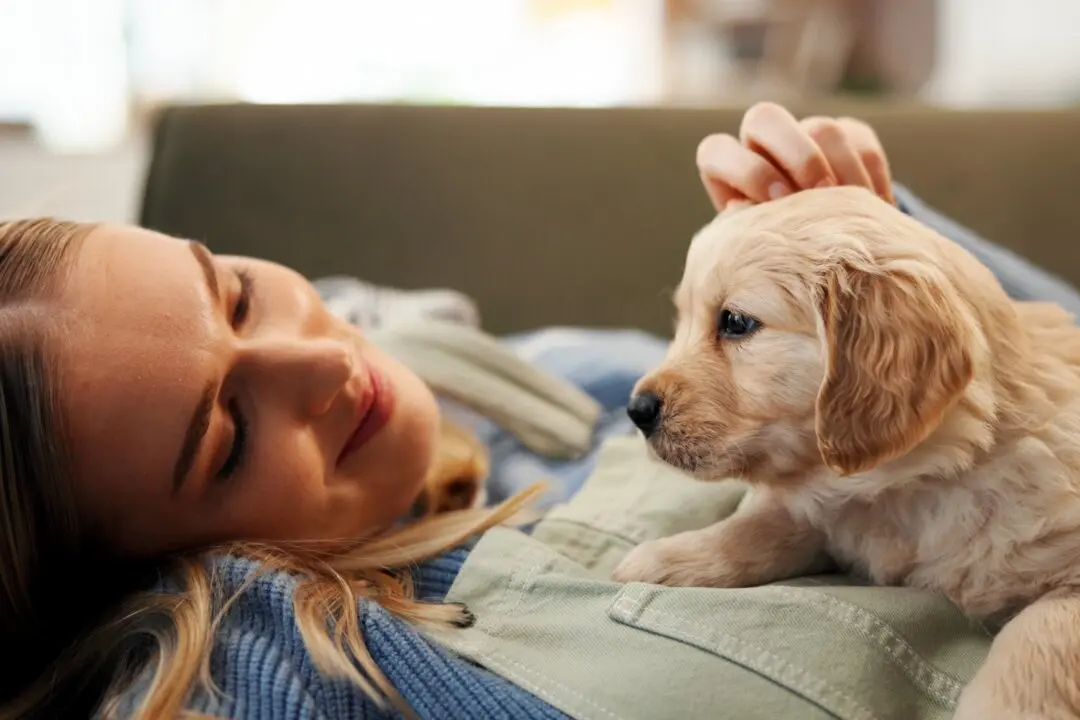Q: Fern, our daughter’s first rabbit, just joined our family. May she eat only rabbit pellets, or should we also give her lettuce and carrots?
A: Most of Fern’s diet should consist of a variety of fresh grass hays, such as timothy, Bermuda, brome, oat, rye, barley, meadow, and orchard grass hay. Avoid alfalfa, which is too high in calories and protein.





